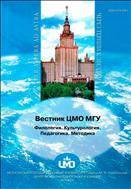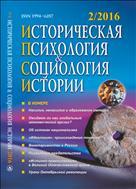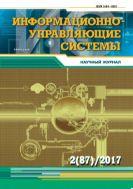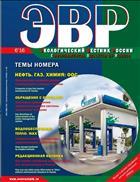About creation of the simulation model of the thermal mode in air cooling units for crude naturalAbout creation of the simulation model of the thermal mode in air cooling units for crude natural 
Many Russian gas fields in the Arctic are now in the final development stage, so there is a need for additional gas compression along the gas collection system between the wells and the gas processing plant. After the compression stage, the gas is cooled in air cooling units (ACU). Cooling crude (wet) gas in low-temperature environments using ACUs involves a risk of hydrate plugs forming in the ACU’s heat transfer tubes. Variable frequency control of speed fans is typically used to control performance of the ACUs and the control criterion is the gas temperature at the ACU outlet. Even so, the chances of hydrate forming in the bottom of the tube bundle remain large owing to inhomogeneous distribution of the gas temperature in the tube bundles and the temperature jump between the inner surface of the tube wall and the gas flowing through that tube, despite the high gas temperature in the outlet header. To enable forecasting of possible hydrate formation, the mathematical model of the ACU’s thermal behaviour that forms the basis of control system’s operating procedure must ensure proper calculation not only of the gas temperature at ACU outlet but also the dew point at which condensate formation begins and the hydrate formation temperature. This article suggests a simulation model for crude gas ACU thermal behaviour that enables modelling of both the temperature pattern of the gas inside the tube and the areas of condensate and hydrate formation. The described thermal behaviour model may be used in ACU management systems. |
|
09.12.2024Все новости Издательства повышают цены на книгиИздательства вынуждены повысить цены на книги из-за роста стоимости полиграфии |
ПОДПИСКА НА ЖУРНАЛЫ И ГАЗЕТЫ ON-LINE1
Мы используем cookie. Это позволяет нам анализировать взаимодействие посетителей с сайтом и делать его лучше. Продолжая пользоваться сайтом, вы соглашаетесь с использованием файлов cookie.
Подробнее можно ознакомиться на странице политики конфиденциальности и политики обработки персональных данных.
© 2005-2023 Агентство «Книга-Сервис»
107996 Москва
Протопоповский пер. 19, к.17
E-mail: public@akc.ru

































